Description
Introduction
3-MMC, short for 3-Methylmethcathinone, is a synthetic stimulant belonging to the cathinone family — substances chemically related to the naturally occurring compound cathinone from the khat plant.
It became popular as a so-called “research chemical” or designer drug, often sold online as a “legal high” in the early 2010s.
While some sought 3-MMC for its stimulant and empathogenic effects, it poses serious health risks, and in most countries it’s now illegal or strictly controlled.
What Is 3-MMC?
-
Chemical name: 3-Methylmethcathinone
-
Chemical formula: C₁₁H₁₅NO
-
Drug class: Synthetic cathinone (stimulant, empathogen)
-
Street names: 3-M, 3-MeMC, Meta-Meph
3-MMC is closely related to 4-MMC (mephedrone), another well-known synthetic cathinone. Many users describe the effects as a mix between MDMA and cocaine, although potency and purity vary widely.
⚡ How 3-MMC Works
Like other stimulants, 3-MMC affects neurotransmitters in the brain — primarily dopamine, norepinephrine, and serotonin.
By blocking their reuptake and promoting release, it causes increased mood, energy, and alertness.
However, this same mechanism is responsible for addictive potential, neurotoxicity, and severe mood crashes after use.
Short-Term Effects of 3-MMC
Users may experience:
-
Euphoria and empathy
-
Increased sociability and energy
-
Elevated heart rate and blood pressure
-
Heightened alertness
-
Suppressed appetite
-
Dilated pupils and jaw clenching
While these effects may seem positive, 3-MMC use can quickly lead to anxiety, agitation, paranoia, and insomnia even after small doses.
Risks and Side Effects
Physical risks:
-
Rapid heartbeat, chest pain
-
Nausea, vomiting, or dehydration
-
Hyperthermia (dangerous overheating)
-
Muscle tension, tremors
Psychological risks:
-
Panic attacks and paranoia
-
Hallucinations or psychosis
-
Depression and fatigue during withdrawal
-
Cravings and dependency
There have been reports of hospitalizations and fatalities linked to 3MMC, especially when combined with alcohol or other stimulants..
🧬 3-MMC vs 4-MMC (Mephedrone)
| Feature | 3-MMC | 4-MMC (Mephedrone) |
|---|---|---|
| Potency | Slightly milder stimulant | Stronger euphoria, shorter duration |
| Legal status | Mostly banned | Banned worldwide |
| Common route | Oral, nasal | Oral, nasal |
| Duration | 2–5 hours | 2–4 hours |
| Risks | High (cardiac, psychological) | High (neurotoxicity, dependence) |
While 3-MMC was initially marketed as a “legal mephedrone alternative,” it carries similar or greater risks and has no approved medical use.
🧩 Addiction and Dependence
Repeated use of 3-MMC can lead to tolerance, cravings, and psychological dependence.
Warning signs include:
-
Obsessive thoughts about use
-
Insomnia or depression without it
-
Increased doses to achieve same effects
-
Neglecting responsibilities or relationships
Treatment typically includes behavioral therapy, counseling, and support groups such as Narcotics Anonymous.

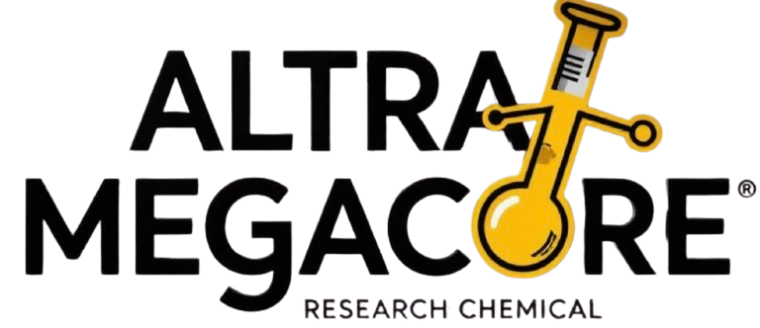
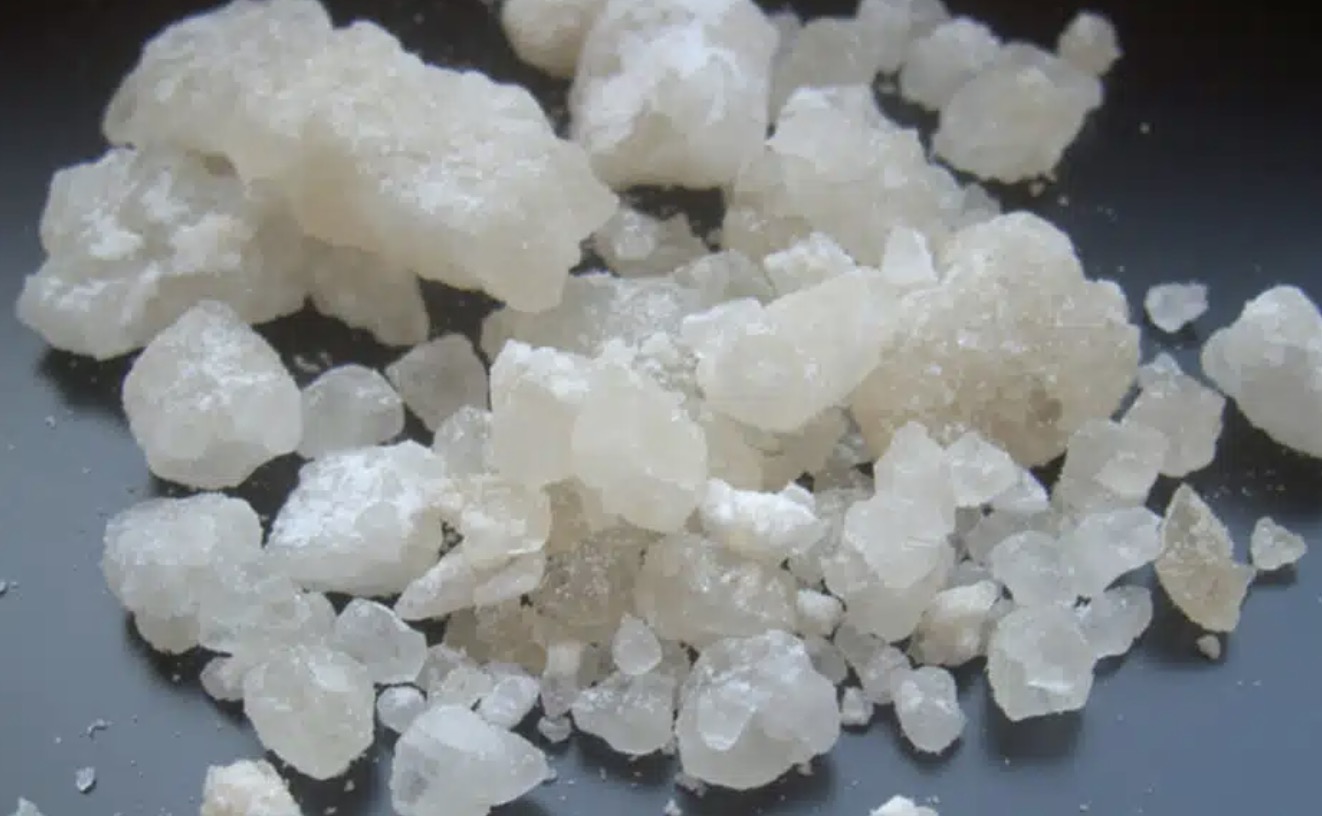
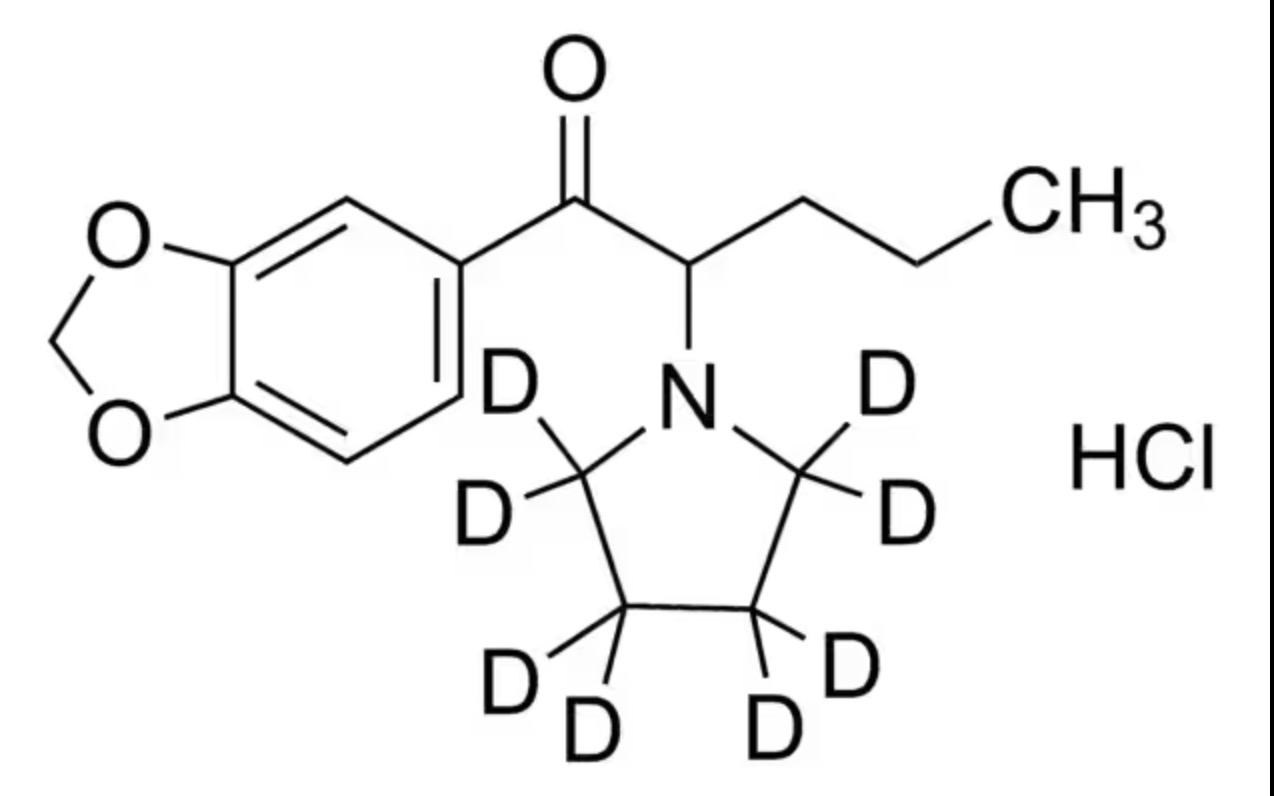
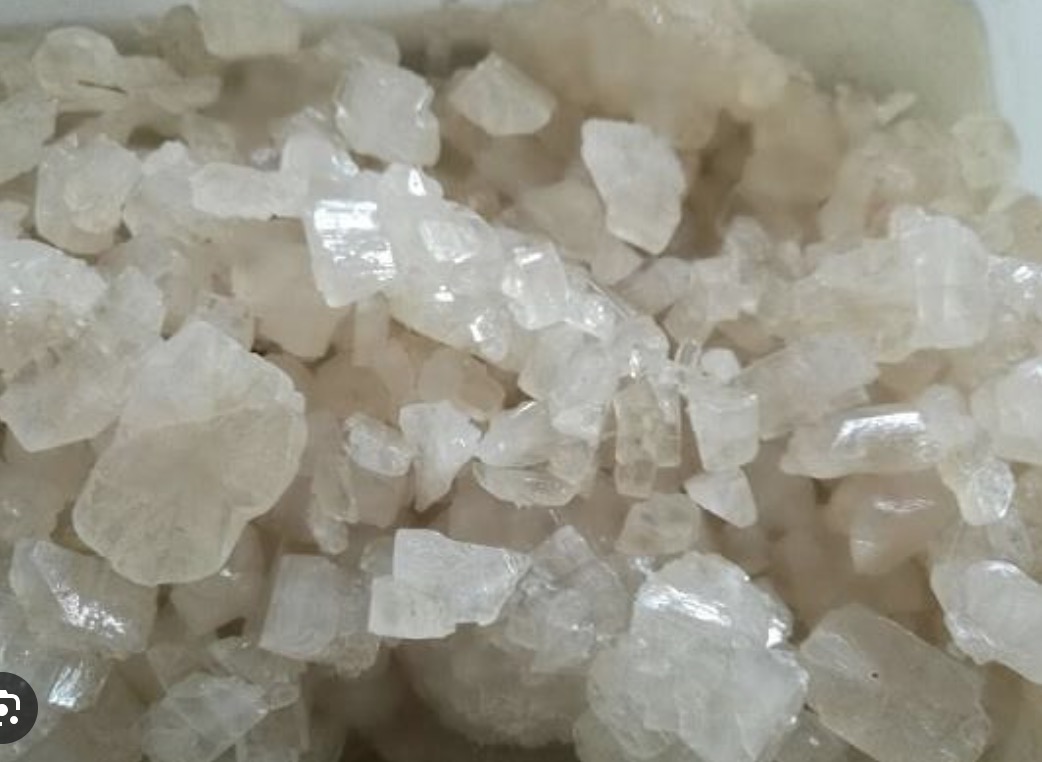
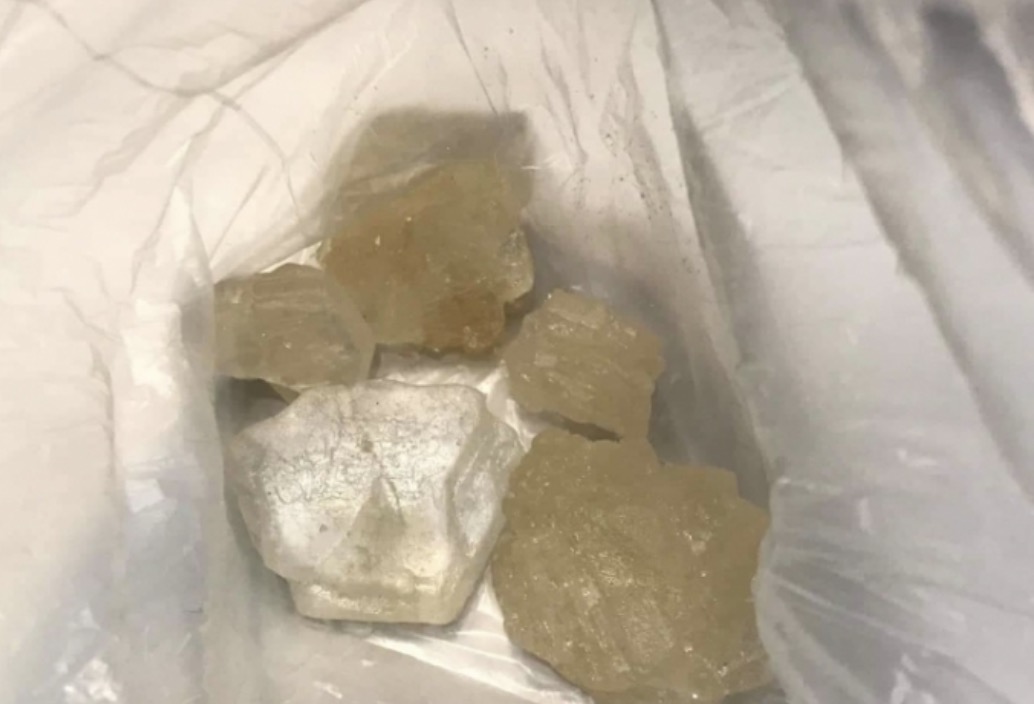


Reviews
There are no reviews yet.